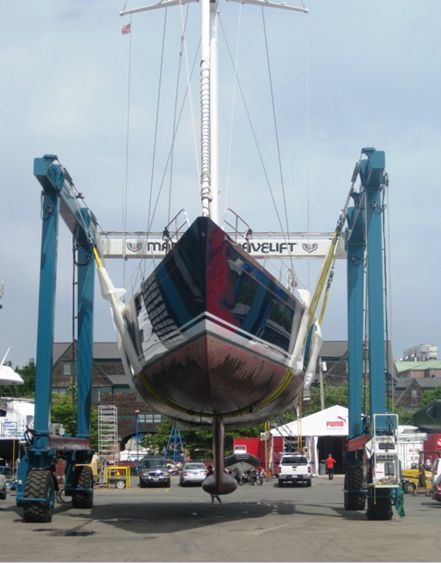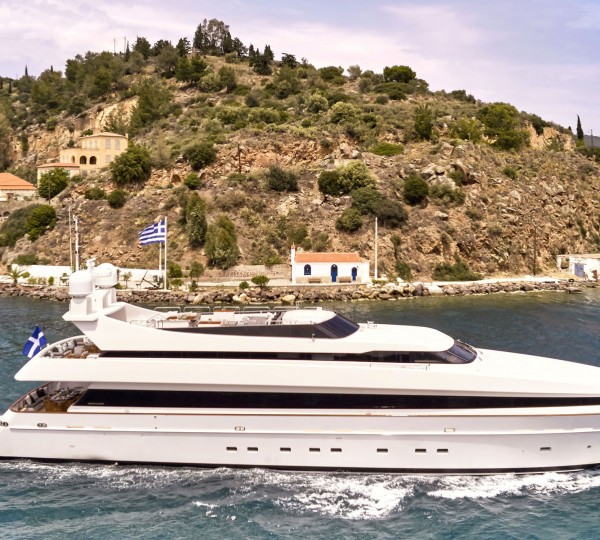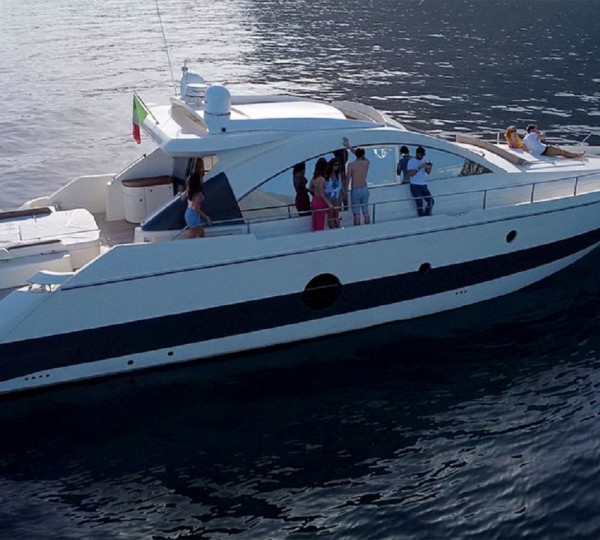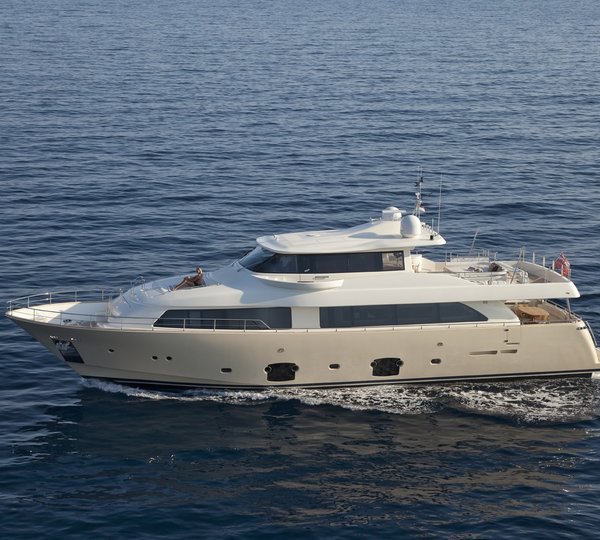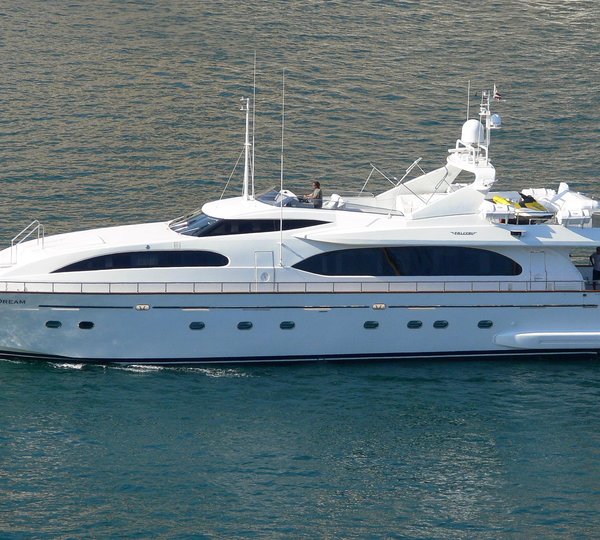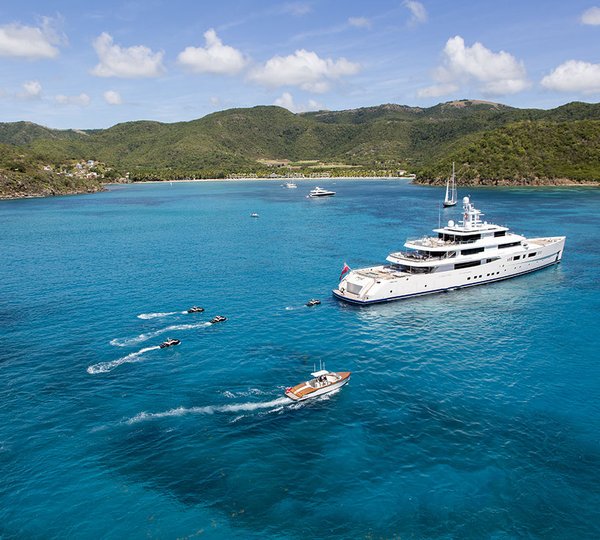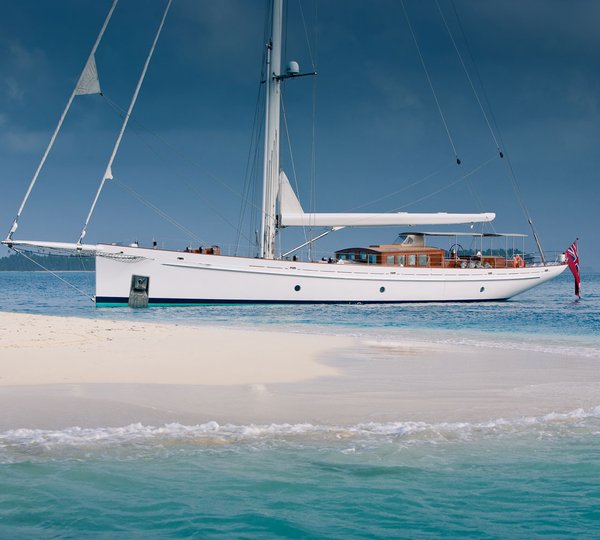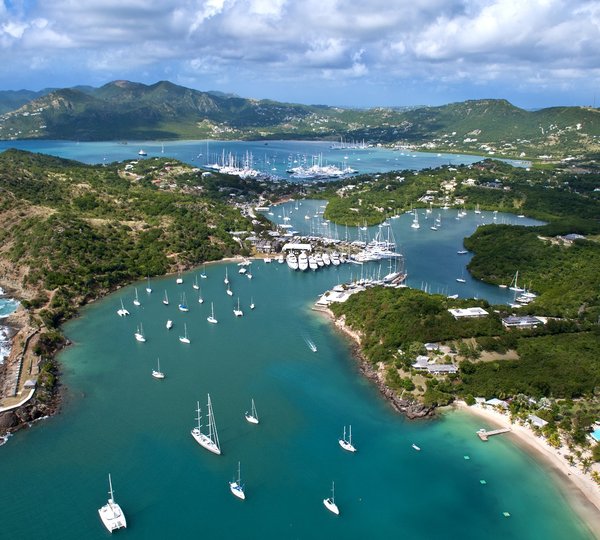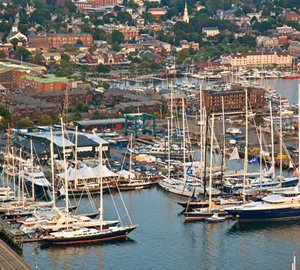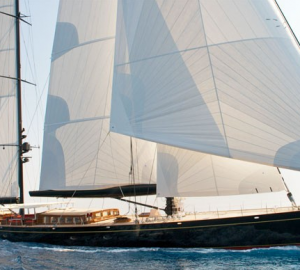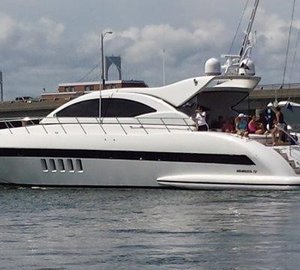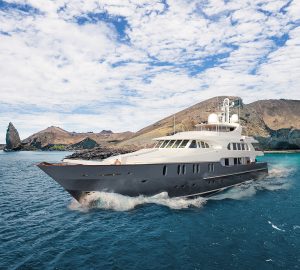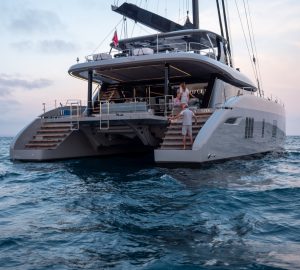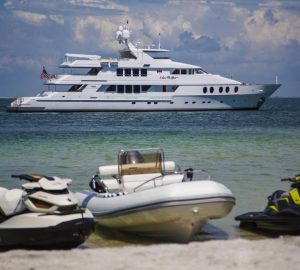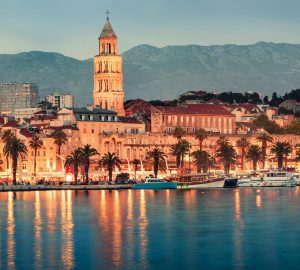Marine Travelift Inc. has announced that Newport Shipyard of Newport, Rhode Island, has acquired one of its 100 BFMII mobile boat hoists. The new machine joins another Marine Travelift hoist already on site.
Located downtown on Newport Harbor, Newport Shipyard is Newport’s oldest — and only — working boat- and shipyard facility. Not only is the yard a major East Coast yachting hub, it also is host to one of the country’s most celebrated sailboat races: the Newport-Bermuda Race.
Eli Dana, Newport Shipyard’s manager and dockmaster, said the yard purchased the new 100 BFMII to replace an existing 70-ton machine.
“We got it to handle smaller and midrange boats — race boats, catamarans, power and sail cruising boats up to the 90- and 100-foot range,” he said.
The new 100-ton superyacht hoist was assembled at the end of April, and the shipyard completed its new set of piers at the end of June.
“Things are going very well,” Dana reported. “We had a very busy July. August is slower, because our customers are out using their boats, but we’ll have a very busy September.”
According to Chad Forman of Marine Travelift dealership Martin Walter Company Inc., the famous Rhode Island shipyard has been a Marine Travelift customer since the 1970s.
“They purchased the 70-ton machine in the early ‘80s,” he recalled, “and in recent years, they added their 300-ton machine.”
At the time, Forman said the yard was experimenting with a business mix comprising both commercial vessels and private yachts. He confirmed, however, that the core of the yard’s business remains pleasure boating — from family yachts to world-class racing sailboats.
“They’re doing a lot with long-keel racing sailboats,” Forman said, “so they put a new set of piers on the other side of the yard, next to the 300-ton, and purchased the 100 BFMII. The new sailboat top beam extension option was a really big deal; it saves a lot of labor.”
During sailboat lifting, the backstay or forestay can interfere with a mobile boat hoist’s top beam. With the innovative sailboat top beam extension, the top beam is moved forward, providing additional clearance while the boat is suspended in the slings. With this feature, a shipyard can lift a much larger number of sailboats without needing to adjust the vessels’ rigging.
“We’re pleased to see how the sailboat top beam extension is saving time and manpower at Newport Shipyard,” said Erich Pfeifer, Marine Travelift’s vice president of business development and marketing. “There’s no need to dismantle the forestay, which reduces stress on the mast and gives greater ground clearance to the keel during lifting, and that’s going to be very important to a yard whose typical loads involve a large number of elite racing sailboats.”
Pfeifer also observed that the sailboat top beam extension also is a major benefit when lifting power vessels with forward-mounted superstructures.
According to Forman, another major selling point for Newport Shipyard was the Marine Travelift’s patented all-wheel electronic steering. Essentially, this means that each wheel is able to steer, providing superior manoeuvrability — operators can manoeuvre in close quarters, around tight corners and on uneven grades, which means the yard can utilize every square inch of available space.
“With the machine’s all-wheel electronic steering, manoeuvring is much easier for the shipyard,” he said. “They have a tight yard, which isn’t hard to imagine in downtown Newport.”
Five optional steering modes are available. In addition to front- and rear-wheel steering, there is coordinate steering, which permits the hoist to be manoeuvred around a pivot point to either side. In this mode, the inside wheel will turn as much as 45 or 55 degrees. Then there’s crab mode, in which all wheels turn in the same direction and angle so the hoist can be steered obliquely or traverse sideways; and carousel mode, in which all wheels turn around an axis point at the machine’s center.
Forman said he’s observed a trend in the industry for yards to take delivery of new mobile boat hoists, intending to have them work alongside their predecessors.
“It’s definitely an increasing percentage,” he commented.
To Pfeifer, Marine Travelift’s vice president of business development and marketing, this is evidence of a larger worldwide trend.
“First of all, we make a machine that is known worldwide for holding its value, and for continuing to provide reliable, efficient, top-quality service for many years,” he said. “That’s a huge benefit for yards that plan to expand their facilities and capabilities; they can continue to use their older machines while investing in new ones to help grow the business.
“Plus, we offer machines that have an impressive range of options, each designed to maximize a Marine Travelift hoist’s overall flexibility, reliability and performance,” he continued. “It’s all about efficiency. When you have multiple Marine Travelift hoists working on site, you have a streamlined operation. And that means everything in terms of capacity, turn-around and the bottom line.”
The world’s first mobile boat hoist was conceptualized and manufactured in Sturgeon Bay, Wisconsin, in 1945. Officially established in 1954, Marine Travelift Inc. has a long-standing reputation as a marine industry leader and is recognized for its tradition of excellence on a global scale. The company manufactures mobile boat hoists, marine forklifts, self-propelled transporters and other related marine lifting products. It also has an extensive U.S. and international dealer network, with more than 3,500 units in service worldwide.

